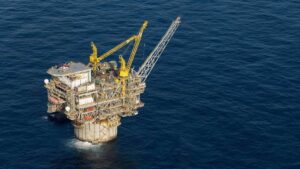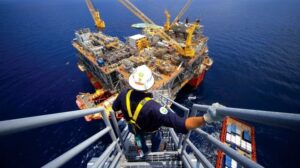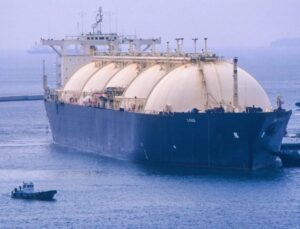World’s 2016 energy spending dragged down by upstream O&G
World’s total energy investment in 2016 fell to $1.7 trillion, a 12 percent drop versus $1.9 in 2015, dragged down by the oil companies’ lack of spending which was slashed by a quarter.
According to a report released by the International Energy Agency (IEA), while the world experienced a 9% increase in spending on energy efficiency and a 6% increase in electricity networks, these were more than offset by a continuing drop in investment in upstream oil and gas, which fell by over a quarter, and power generation, down 5%.
“Falling unit capital costs, especially in upstream oil and gas, and solar photovoltaics (PV), was a key reason for lower investment, though reduced drilling and less fossil fuel-based power capacity also contributed,“ IEA said.
Worth noting, IEA said, the year 2016 was the first ever year in which the electricity sector edged ahead of the fossil fuel supply sector to become the largest
recipient of energy investment in 2016 for the first time ever.
Oil and gas represent two-fifths of global energy investment, despite a fall of 38% in capital spending in that sector between 2014 and 2016. As a result, the low-carbon components, including electricity networks, grew their share of total supply-side investment by twelve percentage points to 43% over the same period.
Modest rebound in upstream
IEA said that after a 44% plunge between 2014 and 2016, upstream oil and gas investment has rebounded modestly in 2017. A 53% upswing in US shale investment and resilient spending in large producing regions like the Middle East and Russia has driven nominal upstream investment to bounce back by 6% in 2017 (a 3% increase in real terms).
Spending is also rising in Mexico following what the agency described as a very successful offshore bid round in 2017.
There are diverging trends for upstream capital costs: at a global level, costs are expected to decline for a third consecutive year in 2017, driven mainly by deflation in the offshore sector, although with only 3% decline, the pace of the plunge has slowed down significantly compared to 2015 and 2016, IEA said.
Focus on costs
The rapid ramp up of US shale activities has triggered an increase of US shale costs of 16% in 2017 after having almost halved from 2014-16. The oil and gas industry is undertaking a major transformation in the way it operates, with an increased focus on activities delivering paybacks in a shorter period of time and the sanctioning of simplified and streamlined projects.
The global cost curve has rebased, and a significant component of the cost reduction experienced over the last two years is likely to persist in the foreseeable future.
The downturn in oil prices did not significantly affect the funding of investments by oil and gas companies, though most of them increased leverage significantly.
Despite investment cutbacks and better cost discipline, the oil majors increased debt by over USD 100 billion between late 2014 and early 2017. Independent US oil companies, which have a more leveraged business model, initially saw debt costs soar, but the availability and cost of bond financing has improved with a rebound of oil prices since early 2016 and their financial health has improved with efficiency gains. Increased interest in shale assets by large oil companies and financial pressures to reduce debt led to a series of asset sales by independents, IEA said.








